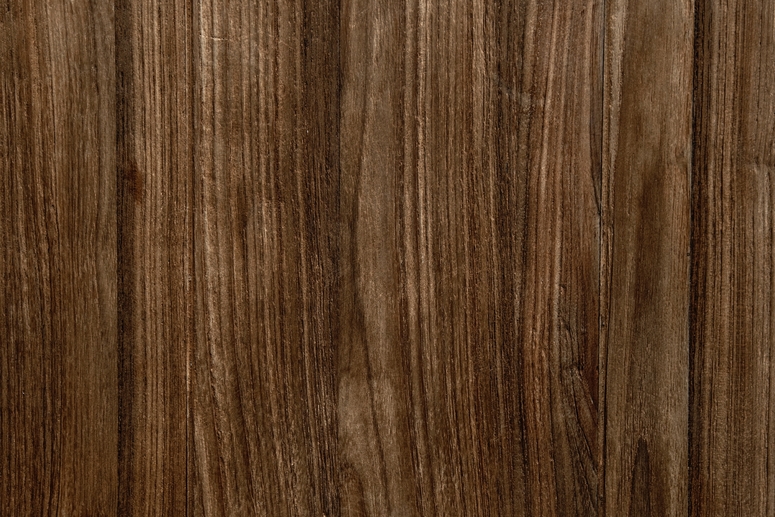Why use Engineered Wood Flooring?

Traditional hardwood flooring has long been the go-to when it comes to crowning the dream home. The natural patterns and tones bring a sense of warmth and character to any room, whether it’s a chic scandinavian kitchen or a simply a humble hallway. Indeed, many homes still retain original victorian floorboards – testament to their durability. However, times have moved on since then.
Building on the strengths of traditional wood, engineered wood has become one of the best options for creating the ideal floor for virtually any home. But what actually is it, and more importantly how does it compare to traditional hardwood?
What is Engineered Wood Flooring?
Engineered wood has been made to maintain all the qualities that make hardwood so sought after while also being extremely simple to install. It’s formed of three layers, a thin top and bottom hardwood layer and a thicker middle section – typically made of ply.
Generally engineered wood comes in the form of tiles, placed as a ‘floating’ floor above an existing subfloor. Each one has edges shaped to click into adjacent tiles, a little like a jigsaw. This makes them exceptionally easy to fit, and, if needed, replaced. Because the top layer is natural wood, engineered varieties come in all the patterns you’d expect to find from traditional hardwood flooring. From rustic oak to contemporary birch – the possibilities are almost endless.
What are the Benefits of Engineered Wood?
Because engineered wood flooring is layered, it’s less prone to the warping and shrinking that affects its traditional counterparts. Likewise, the structure of the tiles means that they are highly stable and able to deal with stress well. It’s also suitable for use with underfloor heating. However, as it’s a natural product it’s advised that you gradually increase and decrease the temperature the first few times you use it, allowing the wood to acclimatise to the new conditions.
When it comes to design flexibility, engineered tiles are top of the (wood) pile. The surface can be sanded multiple times, just like any other hardwood flooring. On a similar theme, a floor can be re-finished to your heart’s content, completely reinventing the feel of your home. Another major benefit of engineered wood is the simplicity of installation, all you need is an existing subfloor on which to fit the tiles. It’s that easy. Tiles even come with parquet and chevron patterns already on them, allowing you to create a fantastic look without the days of complicated fitting that these styles normally require.
What Considerations Should you Make?
If the existing subfloor is uneven then you’ll likely need to fit an underlay to smooth it out. These are normally made from fibre-board and are exceptionally straightforward to use. The only other main consideration is in regards to where to place your new flooring. Engineered wood works well in any room apart from the bathroom, where prolonged exposure to water can distort it – just as it affects solid hardwood. While it will not warp to the same extent, it’s still better to be safe than sorry. If you’re insistent on the wood look it’s better to look at alternatives such as a high-quality wood effect luxury vinyl tiles.
At the end of the day, engineered wood is a fantastic option for a whole variety of rooms and spaces, regardless of style. Regardless of size. At Hudson flooring we know the value of top quality flooring and provide expert advice when it comes to deciding whether engineered wood is the best choice for you. After all, it’s the little details that make a house a home.
If you have any questions about installing engineered wood flooring in your home, get in touch! We’re always delighted to help.
